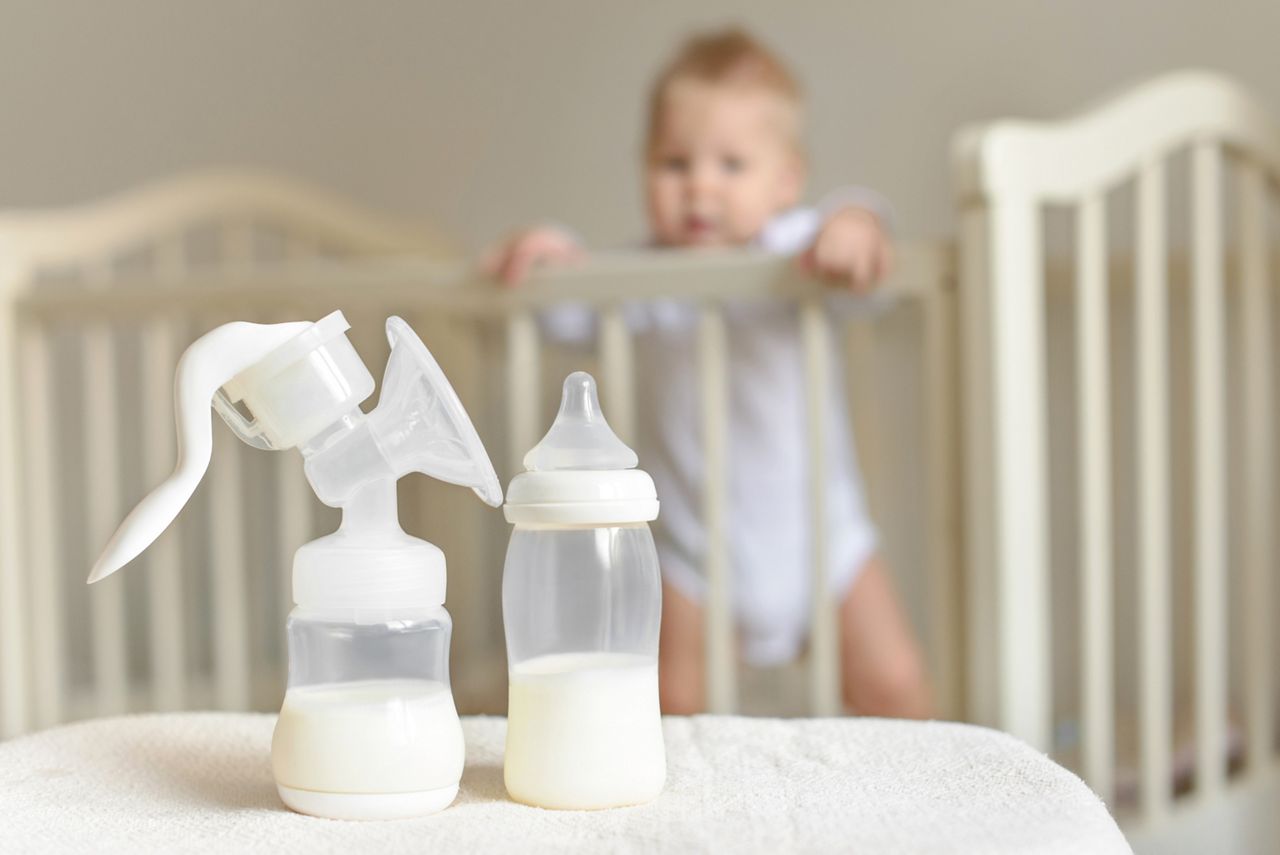Understanding Infant Formula Lipid Structure: Bringing Science Closer to Practice
This resource dives deep into the latest research on gastrointestinal lipid handling and bioaccessibility in infant formula. It compares standard formulas, concept formulas with large phospholipid-coated lipid droplets, and human milk, revealing key insights into how the structural properties of lipids can affect digestion and nutrient absorption.
Why This Resource Is Valuable for Healthcare Professionals
Gain insights into:
The role of lipid droplet size and coating in infant formula and their impact on digestion
How innovative formulas can better mimic human milk, potentially promoting healthier metabolism, growth, and brain development
Practical implications for infant feeding choices and how formula composition might influence long-term health outcomes
You will learn:
The mechanisms by which lipid structure affects gastric emptying, lipolysis, and bioaccessibility
Why gradual lipid availability could benefit infants, especially regarding energy utilization and metabolic health
The latest findings that can support informed discussions with parents and caregivers
Explore More and Stay Updated
Take the next step!
Download the full resource and read the complete publication by clicking the orange "View Content" button. This will direct you to a trusted scientific source, where you can access even more detailed information, supporting data, and expert interpretation relevant to clinical practice.
This article is reused under a Creative Commons license from: Thomassen, G.G.M, Abrahamse, E., Mischke, M., Becker, M., Bartke, N., Knol, J., Renes, I.B., in vitro gastrointestinal lipid handling and bioaccessibility rate of infant formula with large phospholipid-coated lipid droplets are different from those of standard formula and closer to human milk., Food Hydrocolloids, https://doi.org/10.1016/j.foodhyd.2024.110336. No changes were made to the article.




